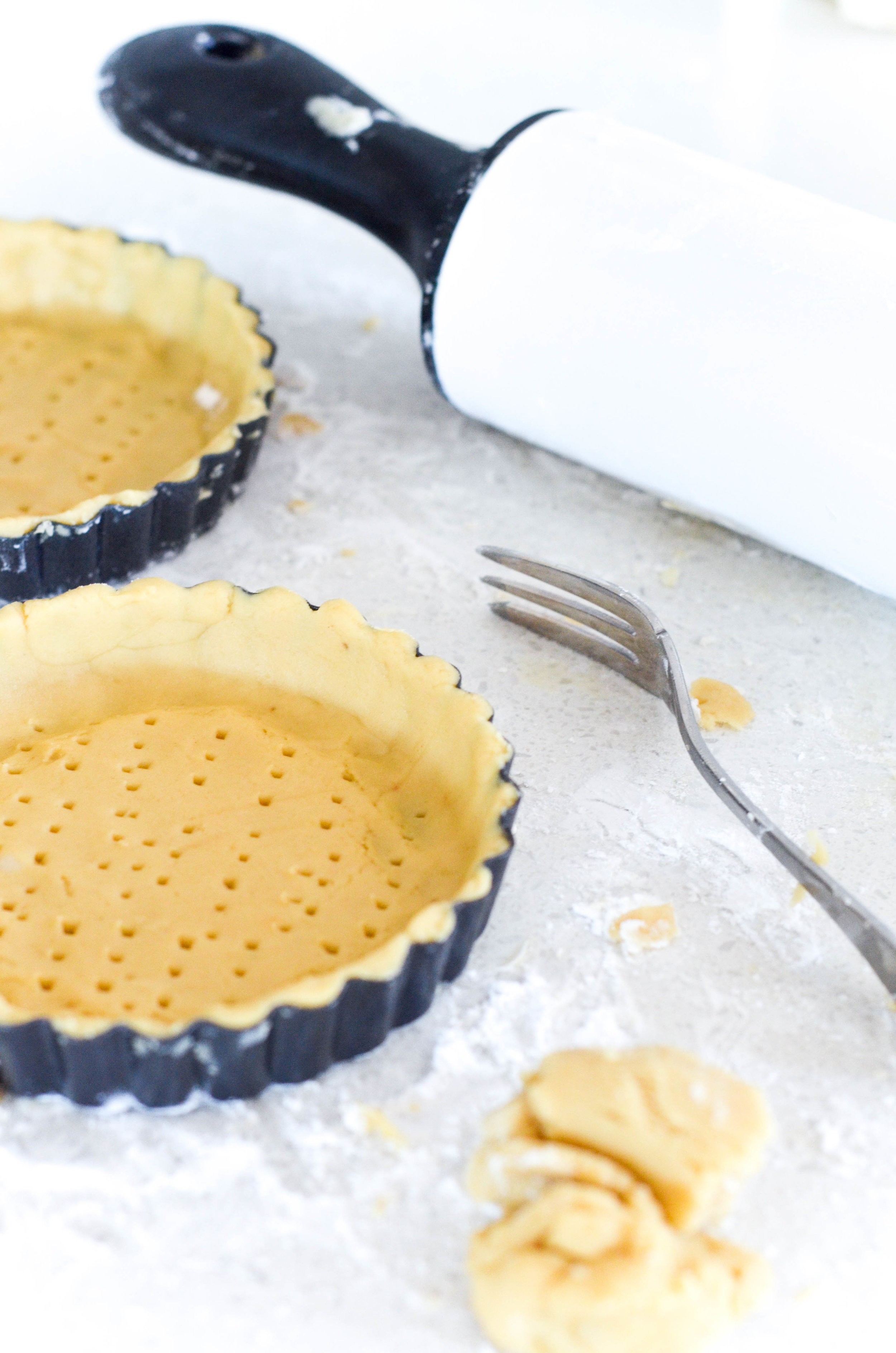My love of food and playing around with recipes is nothing new. I was always an experimental eater as a child, I first realized my culinary calling around grade two when I decided that I would make all my own school lunches. Shortly following this, it became somewhat of a trend for me to offer multi-coursed “gourmet” dinners for my family, printed menus included, naturally. However, I didn’t really find my true kitchen-legs until I moved away from home to attend university and was forced to cook all my own meals on a rather tight budget. Creativity is key in those sorts of situations and very quickly you learn that sometimes the weirdest combinations turn out the best – you just have to be willing to push your palate...
When I was finishing up my undergraduate degree at McGill University, and milling over the whole “what’s next” conundrum, I looked to my performance heavy past of musical theatre and dance, and my storytelling present of a pending English and Communications degree and applied for a broadest journalism program.
Never forgetting my love affair with all things edible, I kept in the back of my mind that combining my skills, passions, and training might hopefully lead me to a career in gastronomic journalism, but perhaps some formal training in the kitchen might help facilitate this ultimate goal. As I was nearing the end of my journalism program, I enrolled in a culinary and “art-de-vivre” (the French art of living…think flower arranging, table settings, and entertaining) in Paris of all places and headed off to La Ville Lumière that fall.
This was exactly 6 years ago, and I am elated to report that I am now, for the first time since that incredible experience, returning to my favourite city in the world.
Blog Post: How to Have a Whole Happy Travel Experience
The trip will be brief (just a week), but my husband and I will certainly be making the most of it (you better believe I want to show off the city I love so much to the man I love so much, who has never been to France let alone la belle Paris). In preparation for my grande retour I have been brushing up on my French by listening to audio-lessons on repeat, and of course have been filling our kitchen with the sites, smells and flavours of France.
Now, as you can probably imagine, the course was rather heavy in the dairy, gluten, and refined sugar department – all things that as you can see I often avoid with my Whole Happy creations – so many of my old cooking school recipes have been recently adapted to suite my GF and DF amis, including the delightful tarte au citron below.
Tarte au citron (or lemon tart) is such a decidedly French dessert with its light pastry bottom and tangy curd filling, and believe it or not, it’s pretty easy to make, comparative to other French confectionary. This recipe uses millet flour, but you can sub it with your favourite GF flour, and if you’re not dairy reactive by all means use a gorgeous pasture-raised butter instead of the coconut oil (sorry to all your DF folks, but everything really does taste so much better with butter).
All I ask, is that as you’re whipping up your lemon tarts, you blast some Edith Piaf or Joe Dassin in the background for a delightful Parisian experience like I was so honoured to have all those years ago.
Manuka Honey Turmeric Lemon Tarts (gluten-free, dairy-free)
*Prep time: About 20 minutes
*Cook time: About 20 minutes
*Makes 6 4x7.5 inch tarts
For the lemon curd filling…
Ingredients
- 2 tblsp lemon zest (or about one large lemon’s worth)
- 6 eggs
- ½ to ¾ cup of manuka honey (or regular if that’s all you have)
- 1 cup freshly squeezed lemon juice
- ¾ cup coconut oil or grass-fed butter, melted
- ¼ - ½ tsp turmeric (depending on how much you like the stuff and how brightly coloured you want it)
Directions
- Zest the lemons, squeeze the juice, measuring 1 cup, and set aside.
- In a medium saucepan, whisk together the eggs, then mix in the remaining ingredients.
- Set over low-medium heat and whisk/stir constantly. *Note that if you have the heat too high, the eggs will start to cook too soon and become lumpy. But don't worry if this does in fact happen - just turn the heat down, keep stirring and you'll be able to strain or blend out the solids later. But be patient. This takes a while!
- Continue to cook and stir until the mixture has thickened and is just beginning to bubble (but don’t let it boil please!).
- Remove from the heat and strain through a sieve into a bowl (you'll be surprised at how many solids remain in the sieve). If you’re feeling daring (or OCD) you can also whir it up quickly in a blender to make it extra smooth (this will also smooth out any pesky remaining turmeric spots that refuse to blend in).
- Set aside and let cool completely before filling the tart crusts.
For the crust…
Ingredients
- 1 ½ cups of millet flour
- ½ cup tapioca flour (plus extra for dusting)
- ¼ tsp xanthan gum
- ½ cup coconut oil or grass-fed butter (either should be soft, but not fully melted), plus extra for greasing.
- 1 egg
- ¼ tsp sea salt
- 2 tblsp coconut sugar
- Room temperature water to play with consistency
Directions
- Preheat your oven to 350F and lightly grease six 4x7.5" tart tins with removable bottoms.
- Mix together the millet and tapioca flour, xanthan gum, salt, and coconut sugar and transfer to a mixer or food processor.
- In your mixer or food processor with the pastry attachment, cut in the coconut oil (or butter) until crumbly (you can also do this by hand).
- Add the egg and mix until well incorporated (the mixture will still be slightly crumbly).
- Slowly add the water 1 tablespoon at a time until the dough holds together for rolling. *You’ll know it’s good to go when it clumps together in one big ball, but doesn’t stick to the side of the mixer. Note though, that it is better so be a bit too moist than dry!
- Divide the dough into 6 even-sized balls.
- Shape your first dough ball into a disc and place onto a sheet of floured parchment or wax paper.
- Cover the dough disc with an additional sheet of parchment or wax paper, and roll it out to slightly larger than your tart tin, and about 1/8-1/4 inch thick.
- Remove the top piece of parchment/wax paper and slip your hand gently under the bottom paper to flip into a tart tin, carefully peeling back the paper as you press it into the pan. Don’t worry if it breaks apart a little, you can always press it together with your fingers and it will look great!
- Pierce the bottom with a fork and set aside.
- Repeat with the remaining dough/tart tins.
- Bake the tart crusts for about 15 minutes, until they’re just starting to look somewhat golden brown.
- Remove from the oven, and set aside to cool completely.
- Once cool, carefully remove the crusts from the tart tins, place on a baking tray or serving platter, and fill with the cooled lemon curd filling.
- If you’d like your curd filling to set more (i.e. not be as runny), you can place the tarts in the fridge to cool. Otherwise, enjoy as is!
*Store lemon tarts in the fridge.








